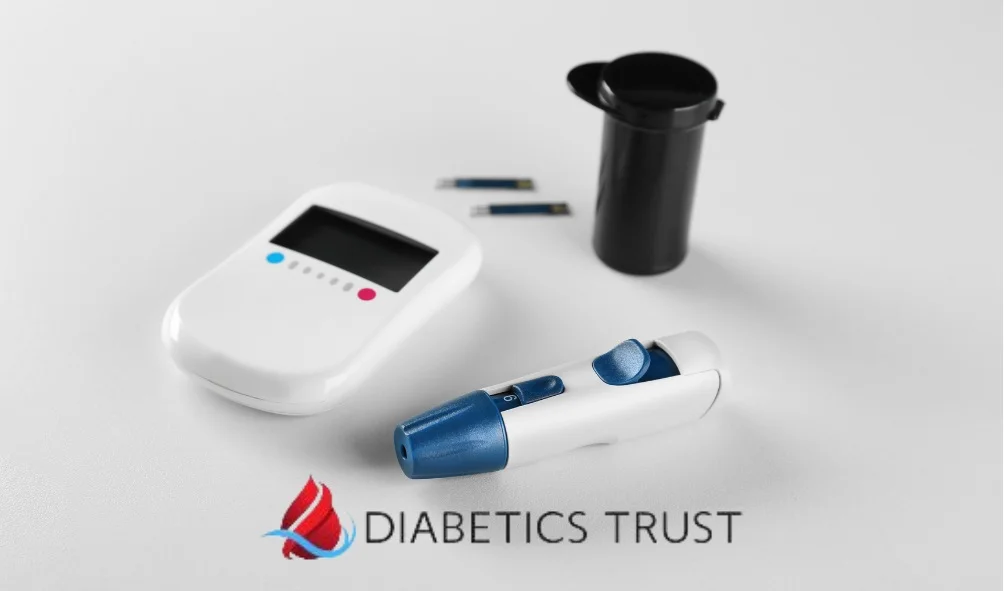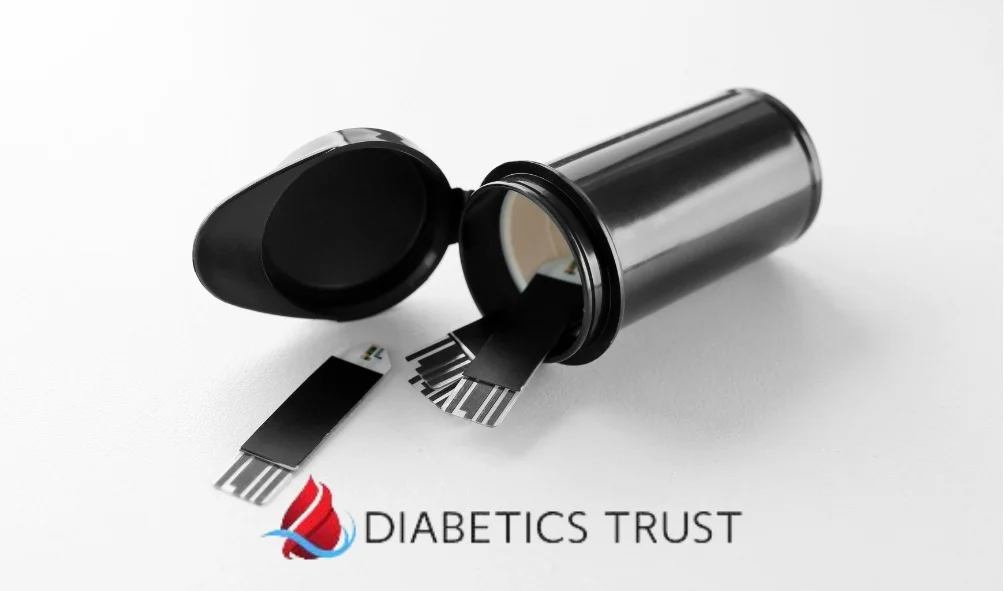In a world grappling with the pressing issue of environmental degradation, every small step counts towards making our planet healthier and more sustainable. Medical waste, a significant contributor to pollution and landfill overflow, often goes overlooked in the broader conversation surrounding environmental conservation.
Did you know that recycling unused diabetic strips can be a powerful weapon in the fight against medical waste?
The Scale of the Problem
Every year, tonnes of medical waste find their way into landfills, contributing to environmental pollution and posing significant health risks. According to World Health Organization estimates, around 15% of this waste is classified as hazardous, capable of creating a variety of adverse health effects.
As the diabetic population continues to rise globally, the production of diabetic strips has surged, and unfortunately, so has the waste generated from unused or expired strips. This situation not only represents a loss in terms of materials and resources but also results in a tremendous amount of avoidable waste.
The Solution at Hand
However, there is a beacon of hope. Initiatives like diabetic strip recycling programs are stepping up to bridge this gap, turning a potential problem into a solution. These programs encourage individuals to sell their unused diabetic strips, preventing them from ending up in landfills and promoting a more sustainable approach to diabetes management.
Take the story of John, for instance. John, a diabetes patient, realized that he had accumulated a significant number of unused strips over the years. Instead of discarding them, he chose to sell these strips, not only recovering a part of his investment but also contributing to the reduction of medical waste. Through this simple act, John became a part of a larger community focused on sustainable healthcare practices.

The Process of Recycling Diabetic Strips
Recycling diabetic strips is a straightforward process that ensures these essential medical supplies find a second home instead of contributing to environmental degradation. Our platform adheres to stringent safety and quality checks, guaranteeing that the strips are still within their usable lifespan before they are resold.
Furthermore, we ensure that every strip that comes our way is handled with the utmost care, maintaining its integrity and effectiveness for the next user. This process not only fosters a culture of recycling but also creates a community of individuals committed to making the world a better place, one strip at a time.
Many have already joined this green initiative and found satisfaction in their contributions to a healthier planet. Sarah, another satisfied customer, shares, “I never knew my unused diabetic strips could serve a greater purpose. Selling them not only helped me recover costs but also gave me a sense of fulfillment knowing I am helping reduce medical waste.”
Conclusion
As we navigate the complex challenges of our time, every small step counts. By choosing to sell your unused diabetic strips, you are not only reclaiming financial investment but also playing a vital role in reducing medical waste, and fostering a cleaner, greener, and healthier world for all.
Join us in this green revolution, because together, we can make a difference, one strip at a time.
Related Blogs You Must Read
Can You Clean and Reuse Diabetic Test Strips?
Which Brand of Diabetic Test Strips Are a Top Choice for Many Diabetics





